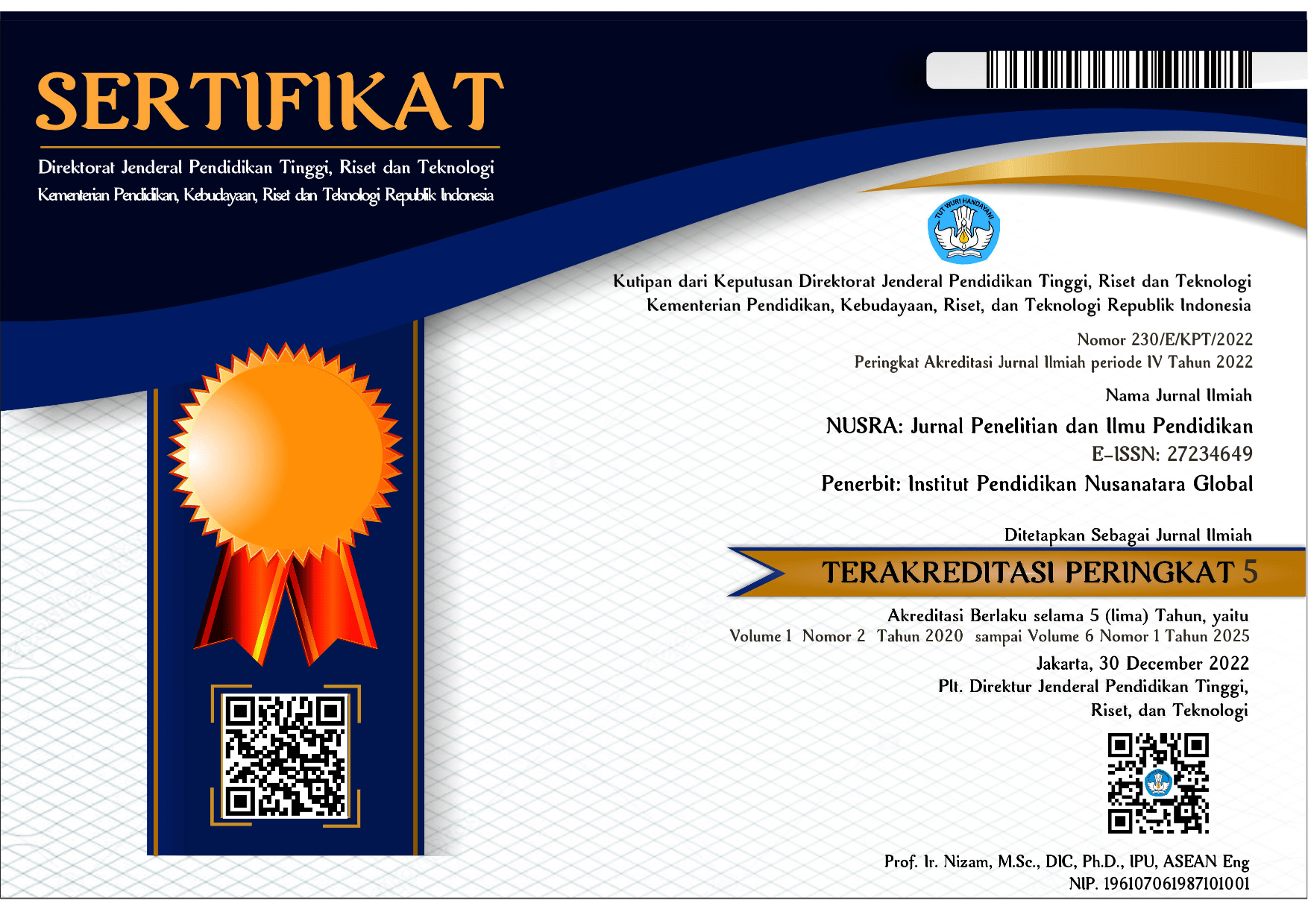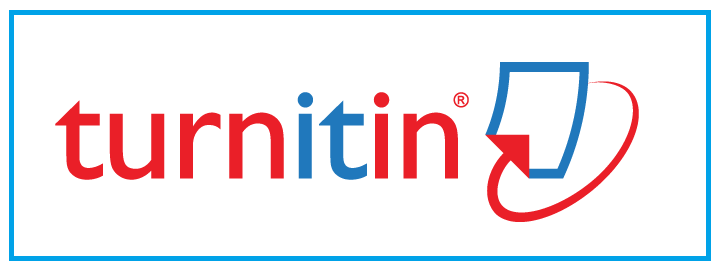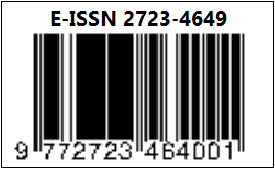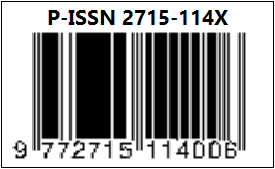INVESTIGATING PROBLEMS ENCOUNTERED BY THE TEST TAKERS DURING TAKING TOEFL TEST
DOI:
https://doi.org/10.55681/nusra.v3i2.410Keywords:
TOEFL Test, Problems in TOEFL Test, EnglishAbstract
One of standardized test that measure students’ proficiency level in English which is called as Test of English as Foreign Language (TOEFL) has been used worldwide by more than 9.000 colleges, universities and agencies in more than hundreds countries in the world. Nowadays, English proficiency test is taken not only on purpose of pursuing study abroad but also as a prerequisite to complete college, especially in institutions. Further, it is also used in the admissions process of applicants to get a job especially in companies where English is used to communicate. However, to pass the TOFL test is not an easy task and even there are many test taker failed the test though they had spent months preparing for the test. There are many problem happened during the test that caused the test taker into failure. This research aimed to investigate problems that occur during the test. This study used descriptive qualitative design and the subjects were ten college students who had taken TOEFL prediction test in the Language Center of Mandalika University of Education (UNDIKMA). The instrument used in this study was an interview which then the result of interview was analyzed in three steps, i.e. data condensation, display, and conclusion. The result of the study showed that most of the test taker failed and made a bad score due to some problems, i.e. less practice, lack of vocabulary, bad time management, feeling nervous, etc. It was noted that those who had minimum problem scored higher than those who had various problem.
Downloads
References
Halim, Nurfitriyah & Ardiningtyas, Sri Yulianti. (2018). Difficulties Faced By The Students In Answering Toefl Test Questions. ETERNAL (English Teaching Learning and Research Journal), On literature’s use(full/less) ness: Reconceptualising the literature curriculum in the age of globalisation. Journal of Curriculum Studies, 4 (2), 2019 – 231. DOI:10.24252/Eternal.V42.2018.A7
Sa’diyah, Seli Siti. 2016. Efl Learners – Faced Problems In Listening Comperhension. Indonesian EFL Journal, 2(1), 53-59.
Hayati, Amal. 2016. The Correlation between Indonesian Students’ Vocabulary Mastery and Their Reading Comprehension. AL-TA’LIM JOURNAL, 23 (2), 2016, (95-99). http://dx.doi.org/10.15548/jt.v23i2.217
Saraswaty, Dwi Rara. 2018. Learners’ Difficulties & Strategies In Listening Comprehension. English Community Journal, 2 (1), 139–152.
Novianti, Rully, Raslina. (2016). A study of Indonesian university students’ vocabulary mastery with vocabulary level test. Global Journal of Foreign Language Teaching, 06 (4), 187-195.
Mahmud, Murni. 2014. The Efl Students’ peoblems in Answering the Test of English As a Foreign Language (TOEFL): A Study In Indonesia Contex. Theory and Practice in Language Studies, vol 4, no 12,pp . 2581-1587
Miles and Huberman. 2014. Qualitative Data Analysis: A Sourcebook of new Method. California: SAGE Publication Inc
Zarnisa, Yulvia., Septianab, Tri, Ilma., Trisanti, One, Laila. (2021). Analysis Of Students’ Problems On The Reading Section Of Toefl. The Journal of En glish Language Teaching in Foreign Language Context, 6(1),139-154.
Nurhayati, Nunung & Nehe, Berita, Mambarasi. (2016). An Analysis Of Students’ Strategies In Answering Toefl. The Journal of English Language Studies, Vol. 01, No. 01, (10-18).
Miles, B Matthew.Michael, A. Saldana, Jhonny 2014. Qualitative Data Analysis A Methods Sourcebook Edition United, states of america, 3 sage publication.
Downloads
Published
How to Cite
Issue
Section
License
Copyright (c) 2022 Arif Rahman, Maya Purwaningtyas

This work is licensed under a Creative Commons Attribution-NonCommercial-ShareAlike 4.0 International License.














